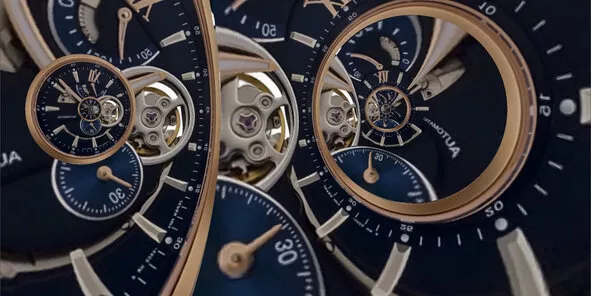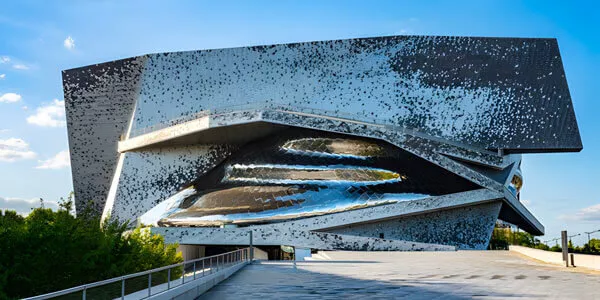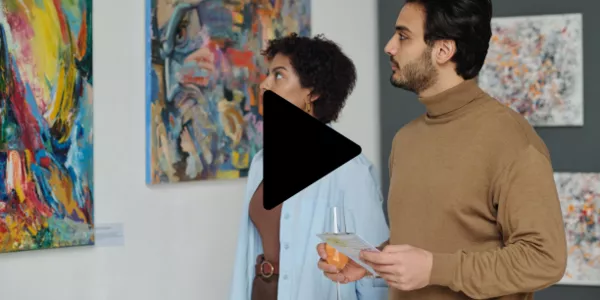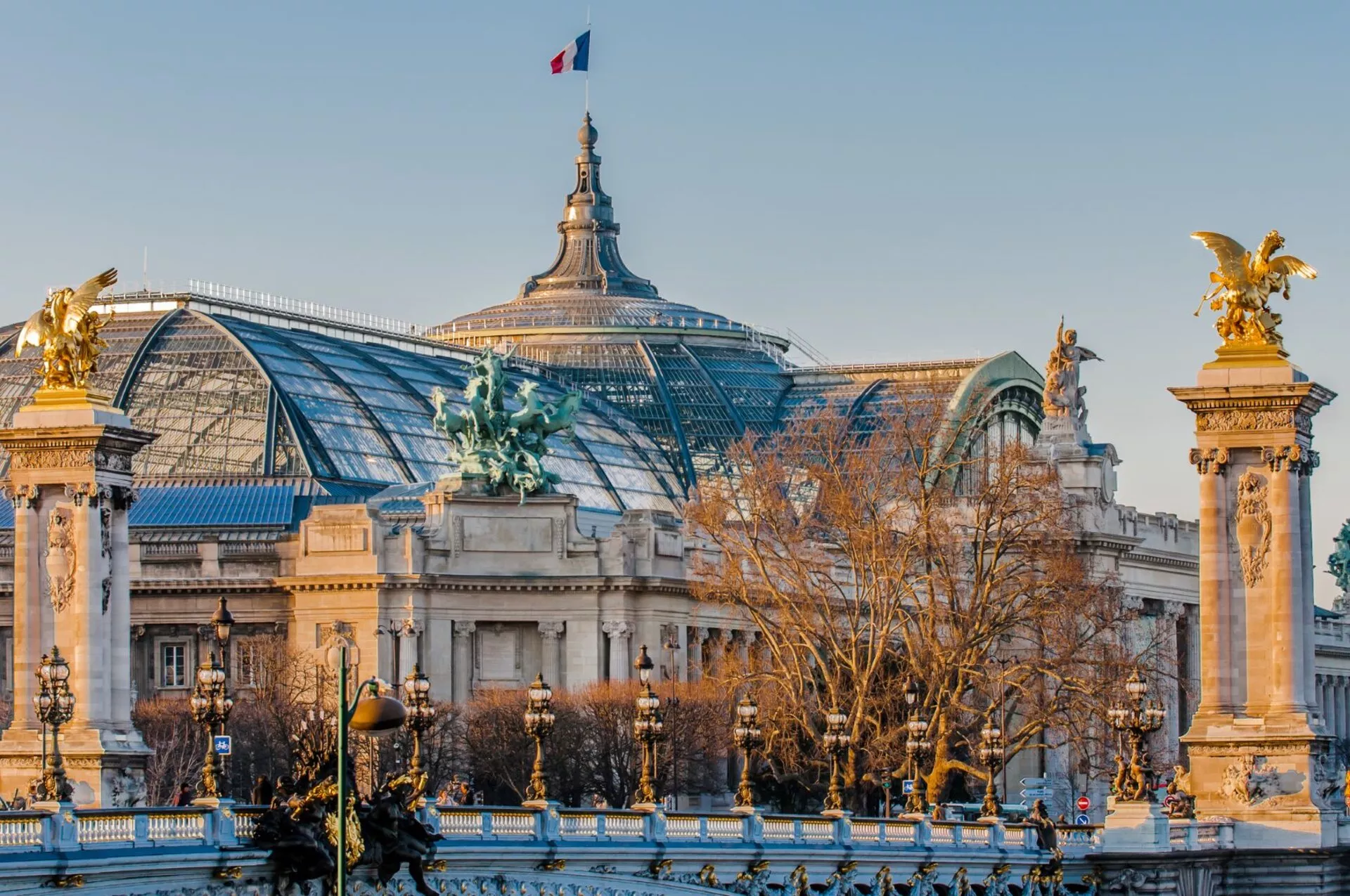
Geopolitics of the art world - Chapter 3: Europe and the Great Revival of France
During the second half of the 20th century, France lost a significant part of its influence, a reality that we did not fully realize at first. Our cultural elites, within institutions (fine arts schools, museums, and art centers), partly for ideological reasons (a form of anticapitalism), were in a position of opposition to art from the United States. This explains why we probably saw less American art in France than in other European countries.
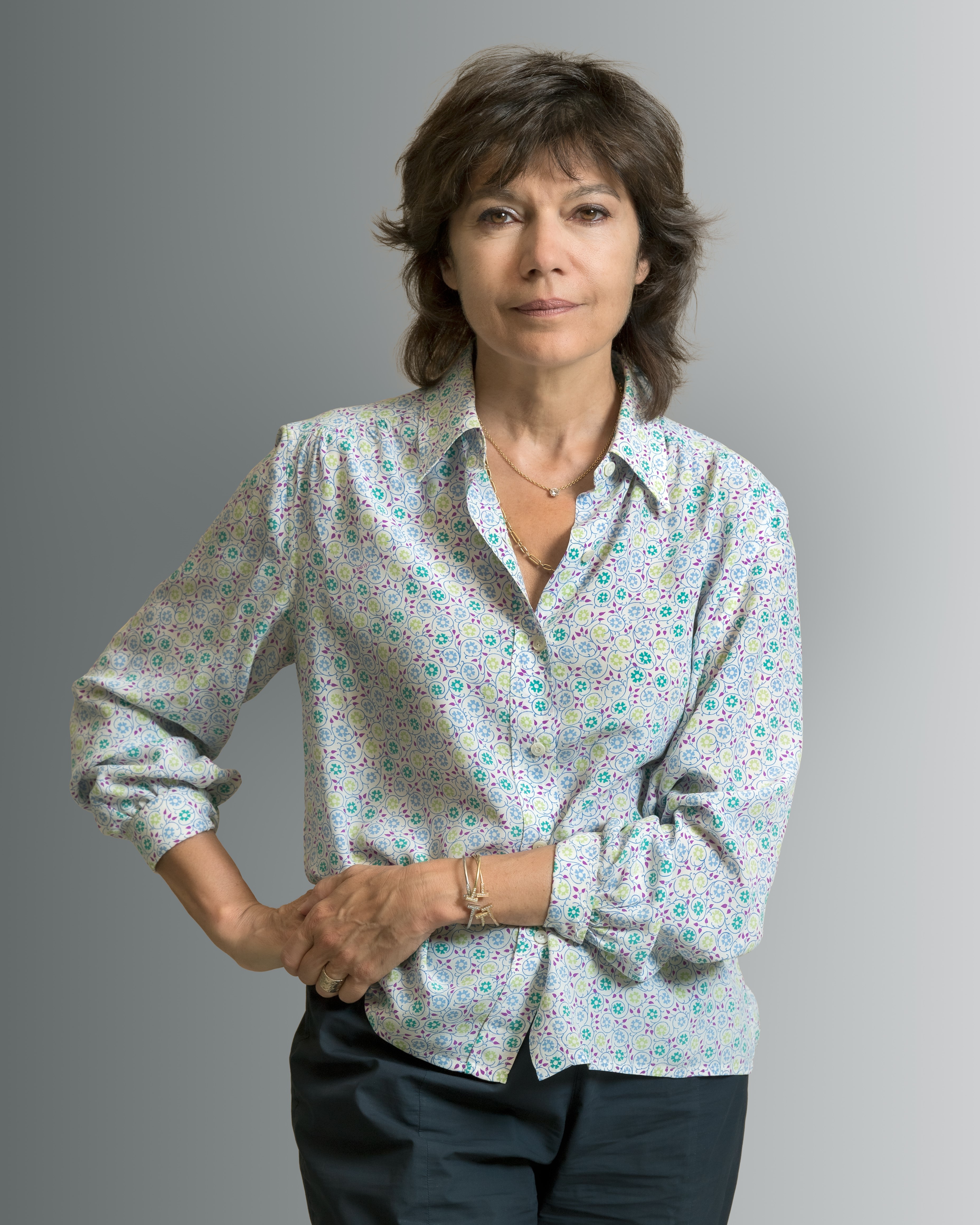
Nathalie Obadia
Gallery owner specializing in contemporary art, with galleries in Paris and Brussels. She is also the author of the landmark book "Geopolitics of Contemporary Art" and teaches at Sciences-Po Paris.
© Luc Castel
The Rise of the German Artistic Ecosystem After the War
Thus, following the Marshall Plan, Germany emerged as an American stronghold in Europe, with major collectors (including captains of industry) in Germany starting to buy works by North American artists, benefiting from tax incentives for corporate patronage. These private collectors also began buying works by German artists, who became major figures on the international scene, such as Georg Baselitz, Anselm Kiefer, Josef Beuys, and Gerhard Richter. This occurred in a context where Germany used the arts to show that the page of Nazism had been definitively turned, with the creation of Documenta (which would become the world's most important quinquennial of contemporary art) in Kassel in 1955. The Cologne Contemporary Art Fair was also launched in 1967 and established itself as a major event in the European market.
Dynamism of the United Kingdom and "Cool Britannia" from the 1980s to the early 2000s
At the same time, starting in the early 1970s, Great Britain displayed a new dynamism, supported internationally by the British Council, whose mission is to promote the English language and British culture, particularly through the visual arts. Some major collectors participated in and amplified this movement, such as Charles Saatchi, who supported the rise of the "Young British Artists," including Damien Hirst, Sarah Lucas, Tracey Emin, and Fiona Rae. This excitement reached its peak in the 1990s and early 2000s. From this period, British artists began to appear in American collections, which already included a number of German creators but very few French ones.
Since the 2010s: The Great Revival of France
France gradually realized that its strategy, focused on the public sphere, had neglected the market. This was in the early 2000s, which coincided with the arrival of a generation of very influential French avant-garde collectors. Among them, François Pinault, a pioneering figure, acquired Christie's in 1998 before establishing his two museums in Venice. Bernard Arnault followed suit, combining his passion for the arts with a marketing strategy in which several LVMH group brands actively collaborate with major contemporary artists (such as Louis Vuitton with Takashi Murakami or Yayoi Kusama). As a champion of luxury, France fully leveraged the synergy between the clothing, gastronomy, hospitality industries, and contemporary art. Other prominent collectors deserve mention, such as Daniel and Florence Guerlain, Edouard Carmignac, or Laurent Dumas, alongside numerous anonymous collectors. France now has hundreds of very strong collectors and thousands of other passionate collectors, who together contribute to a driving force and fuel a deep and diverse gallery network. Major foreign galleries are now all established in France, pushing French galleries to further professionalize and often position themselves internationally, particularly through art fairs, to promote French artists abroad and, conversely, to represent international artists in France. Currently, Paris has become the primary hub of contemporary art in Europe. The city is home to major galleries, foundations, museums, and contemporary art centers with highly ambitious programs and global influence. Institutions traditionally reserved for classical artists contribute to this movement through collaborations with contemporary artists: the Louvre with Luc Tuymans, the Musée d'Orsay with Peter Doig, or the Orangerie with Robert Ryman. This energy extends far beyond Paris, throughout the entire territory, thanks to a rich network of institutions and fairs. This makes France attractive not only to collectors but also to artists themselves, who see the benefits of settling in a region of the world offering so many opportunities to exhibit their work. French artists have become more ambitious and open to the international scene, and conversely, international artists have settled in France, such as Ugo Rondinone, Anselm Kiefer, Miquel Barcelo, Sean Scully, or Jim Dine. Not to mention the numerous artist residency and workshop programs, the number of which has exploded in recent years. Therefore, it is safe to say that there has been a true renaissance.
FIND OUR OTHER ARTICLES:
Chapter 1: Assertion of American Leadership
Chapter 2: Contemporary Art and the "Global South"
DISCLAIMER:
Societe Generale Private Banking is Societe Generale Group’s business operating through its head office at Societe Generale SA, as well as departments, branches and subsidiaries located in the areas referred to below, under the Societe Generale Private Banking brand, and is the distributor of this document.
This video/audio content constitutes an advertising medium and holds no contractual value. It is not intended to provide an investment service. In addition, it does not constitute investment advice or a personalised recommendation on a financial product, or advice or a personalised recommendation on insurance, or any form of canvassing, or legal, tax or accounting advice from any Societe Generale Private Banking entity whatsoever.
The information contained in this document may be amended without prior notice, and is for illustrative purposes only to provide the reader with information that may be of use in making decisions. Any information on past performance, even repeated performance, does not under any circumstances guarantee future performance.
The private bankers of the Societe Generale Private Banking entities can provide potential investors with more detailed information on the offerings, within their Societe Generale Private Banking entity, in the theme presented in this video/audio content.
This video/audio content is confidential and intended solely for the viewer/listener. It may not be made public or disclosed to any third party, nor reproduced in whole or in part without the prior written agreement of the Societe Generale Private Banking entity concerned.
Under no circumstances shall any Societe Generale Private Banking entity be held liable for any decision made by an investor on the sole basis of the information contained in this video/audio content.
Societe Generale Group maintains an operational administrative organisation taking all necessary measures to identify, verify and manage conflicts of interest. To that end, the entities of Societe Generale Private Banking have established a conflicts of interest management policy aimed at managing and preventing conflicts of interest. For more details, clients of Societe Generale Private Banking may refer to the conflicts of interest management policy available on request from their private banker.
Societe Generale Private Banking have also established a policy to address any complaints filed by its clients. Clients may request this policy from their private banker or on the institutional website of Societe Generale Private Banking (www.privatebanking.societegenerale.com).
